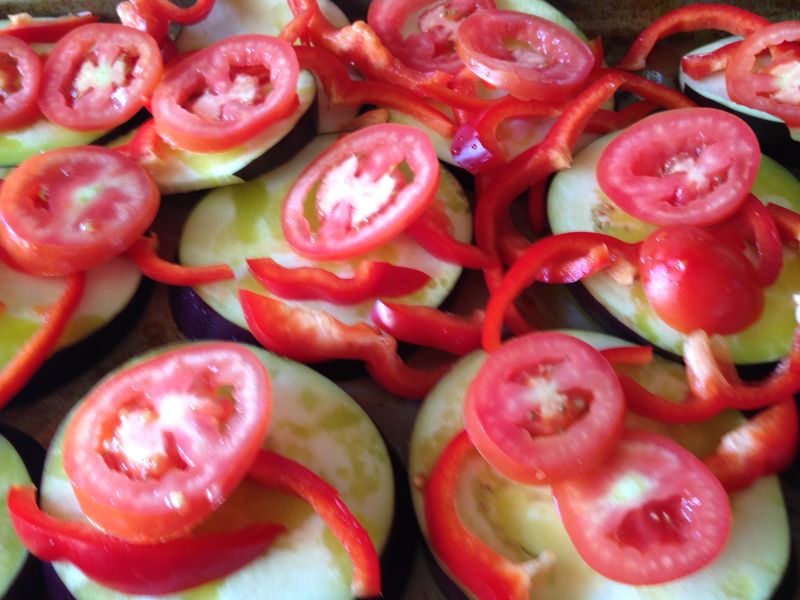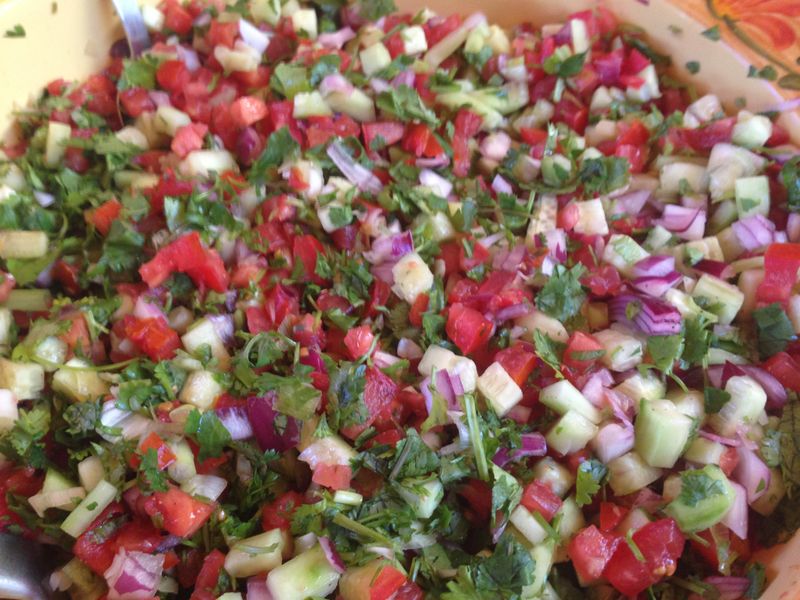Fariba Nawa in Afghanistan
By Humaira
I often find that people are surprised when I tell them I am Afghan. I don’t fit their stereotype of Afghan women.Afghan women are often portrayed as weak, tormented, uneducated, burka clad and in need of being rescued. In this post I am profiling an Afghan women who is far from this western profile.
I met Fariba Nawa at an event at the San Francisco Library; she immediately caught my attention among the female panelists. She was articulate, super smart and clearly knowledgeable about Afghanistan. Also, she is a natural blond, not your typical Afghan woman. We became fast friends through our common interest in Afghanistan and our roles as mother of two daughters. Well, when we met she had only one daughter.
Fariba lives in the Bay Area and donates her time to various causes supporting Afghanistan. She is an Afghan-American award-winning journalist and author of must read Opium Nation: Child Brides, Drug Lords and One Woman’s Journey through Afghanistan.
Recently Fariba spoke at TedX Monterey. She eloquently tell the story of her family's resettlement in the United States and the challenges of living in two words as an exile. I encourage you to get a cup of tea and watch this talk:
FaribaSiwa, Egypt
Fariba and her guide in Siwa, Egypt while reporting in the Middle East.
Guest blogger: Fariba Nawa
My former housekeeper, “Mojabeen, “ is one of the Afghans who inspire me to be hopeful about Afghanistan’s future. She’s 25 and has four sons now. She recently called me when I was in Washington DC, after seeing my appearance on Voice of America television. She wanted to congratulate me on the publication of my book Opium Nation: Child Brides, Drug Lords and One Woman’s Journey through Afghanistan. I beamed because when I first met her five years ago, she didn’t even know how to hold a cell phone. Here’s a story I wrote about her in 2007 when I still lived in Kabul.
FaribaQalai Bost, Helmand
KABUL – The only sound that I look forward to hearing in the morning is the jingle of Mojabeen’s fake gold bangles. When I open my eyes from sleep, that’s how I know that she’s downstairs cleaning our dusty house and that as soon as she hears me call, she’ll come upstairs smiling, with my breakfast and her lively conversation.
She never takes off her dozen bangles or her scarf, which she wraps around her ears to make sure her hair is safely covered. About five feet tall in pink plastic sandals, she’s thin and pale beneath the long, loose dresses she wears, but she’s stronger than she looks.
Mojabeen is my 21-year-old housekeeper and cook and the person I spend the most time with in Kabul. I work from my home while my husband goes to the office. In the past four months, Mojabeen and I have formed a bond and trust that has broken the barriers of class and culture. We’ve learned about each other’s worlds and become friends. She’s an illiterate village girl who’s rapidly urbanizing, and I’m a Western-educated Afghan-American appreciating her resilience and strength. But it would be unfair of me to compare my comfortable life to her troubled one.
When she was 6 months old, in a remote village in the north of Afghanistan, Mojabeen was betrothed to a deaf and mute man. That man’s sister was promised to Mojabeen’s brother, Ahmed. It was an exchange common in Afghanistan – it avoids the cost of dowries. Mojabeen’s brother married the girl, but Mojabeen’s fiancé went away to work in Iran as a laborer. She dreaded her marriage to the man, who she’d never even talked to.
“I only saw him once through my burqa on the street when I was walking to my cousin’s house, and my heart fell. He was unattractive, and I wondered if my fate was forever sealed,” she told me as she hung our laundry.
Mojabeen’s father had passed away and her oldest brother, Tarek, was in charge of family affairs. There had been no ceremony or religious event to bind Mojabeen’s union with the deaf-mute laborer, so in the fiancé’s absence her brother gave his 17-year-old sister’s hand to another man – Mahmood, who had no idea that she was already engaged.
Mojabeen and Mahmood, a warm and open-minded farmer, made a life in their village and had a son. She was happy to be with her husband, but she dreaded the laborer’s return. After 15 months, the laborer came back and took Mahmood to court to get Mojabeen as his wife. Because he was only engaged to Mojabeen, the man had no case under Afghan law. But Mojabeen and Mahmood say the man’s family bribed the judge to order their marriage and their son illegitimate. Mahmood was thrown in jail, and Mojabeen’s family hid her.
Mahmood spent 4 months in the local district prison with three murderers. One day, the four prisoners found a small iron rod and dug a hole through the prison wall and escaped. Mahmood picked up his wife and son, who was four months old, and headed to the mountains to hide. For two years, the three of them lived among strangers in villages nestled against hills where people live on wheat and barley farming. “We’re Tajiks, but it was Hazaras and Uzbeks who took us in and provided us shelter,” Mojabeen said.
Mahmood was often unemployed, but he would find odd jobs to survive. Mojabeen had another son and nearly died in childbirth because there was little medical help in that remote area. It filled Mojabeen with fear that she’d die, leaving her children orphans. Her oldest brother Tarek and Mahmood’s sister had moved to Kabul and they encouraged the couple to join them in the bustling capital where the police from their district did not have the power to capture them.
They settled in with Tarek, his wife, and their two small sons in the servant quarters of my friend Sarah’s house. Not long after Mojabeen arrived in Kabul, I called Sarah asking if she knew a trustworthy housekeeper. Mojabeen considers our meeting a turn of fortune in her life.
She works eight-hour days, five days a week, and goes home for lunch to breast-feed her younger son. It’s the first time she’s earned money – $150 a month. Mahmood stays home to take care of the children – unusual for an illiterate Afghan family in which patriarchy calls for men to work outside and women to play the caregivers. But Mojabeen and Mahmood are eager to modernize.
Mojabeen wears the burqa on her short walk to my house. But one simmering day when I took her shopping, she sheepishly asked if it was all right if she wore just her scarf. I smiled and said it was up to her. I wear a long shirt, jeans, and a sheer scarf in public. She still hasn’t given up the tent like blue garment completely. She dons it when she walks home, fearing her brother’s disapproval.
Mojabeen is also learning about food and appliances. For one dinner, I gave her a bag with a head of lettuce and spinach and told her to cook the spinach. She cooked both because she’d never seen lettuce before. Also she didn’t know the difference between the refrigerator and the freezer, so she twice put lettuce in the freezer, not understanding why it froze. When I explained the difference, we both had a good laugh.
I offered to teach her how to read and write in Dari, and she was thrilled. I got her a literacy-for-adults book, a notebook, and pencils. She put them in a plastic bag, and every day after her chores, she brings the bag, enthusiastic about her next lesson. So far, she has learned the alphabet, her numbers, and how to use a cellphone.
But things between us aren’t always rosy. She often brings her 3-year-old with her to work, and one morning I noticed that his eyes were red and he was unusually quiet. She told me that Mahmood had beaten him with a stick. I pulled up his shirt and saw red marks across his tiny back. I’d also seen Mojabeen slap his face for breaking something. I told her I have no right to tell her how to rear her children, but I do have the right to fire her. Both seem to have stopped abusing their boys.
Mojabeen has taught me about resilience and patience. I moved back to my homeland from the US after the fall of the Taliban at a time of great hope for peace only to witness growing instability, violence, and dissipating hope. Yet, it’s Afghans like Mojabeen who remind me of why I returned.
Our nikah (wedding) in Kabul at our Taimani home in 2007
Fariba and her husband with sad faces infront of the destroyed statue in Bamiyan
Fariba and her family, Naeem, Fariba, Andisha (9 months) and Bonoo (4 years) in Palo Alto - 2012
Note: This article was originally published on September 4, 2007 in The Christian Science Monitor. The original article, “An Afghan village girl blossoms in the city” has been edited for this post. The housekeeper profiled in this story is wanted by authorities in her village for running away from a betrothal made when she was 6 months old. For security reasons, the names in the article have been changed.
Except where otherwise noted, all content on this blog is licensed under the Creative Commons Attribution-NonCommercial-NoDerivs 3.0 Unported license.





















